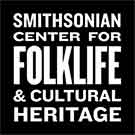SMITHSONIAN CENTER FOR FOLKLIFE & CULTURAL HERITAGE
The 2024 Smithsonian Folklife Festival Guide for Kids and Families
Dive into sports, crafts, and more!
:focal(597x398:598x399)/https://tf-cmsv2-smithsonianmag-media.s3.amazonaws.com/filer_public/f9/76/f976cd34-0a5b-44d7-bd77-7efe7a780f69/sff2010_fogden_7-03_0181.jpg)
From Hawai‘i to Alaska and down to the Andes, this year’s Folklife Festival is bringing people from Indigenous communities across the Americas to Washington, D.C. Families with young children will have the opportunity to explore and experience Indigenous performances, artworks, sports, and more! We’re providing a list of activities for how kids can navigate this exciting experience!
All these activities are free for the public. Accessibility services including assisted listening devices, ASL interpretation, live captioning, and audio description will be available for select events and may be provided upon request.
Check out the full schedule, and be sure to check for updates before your visit.
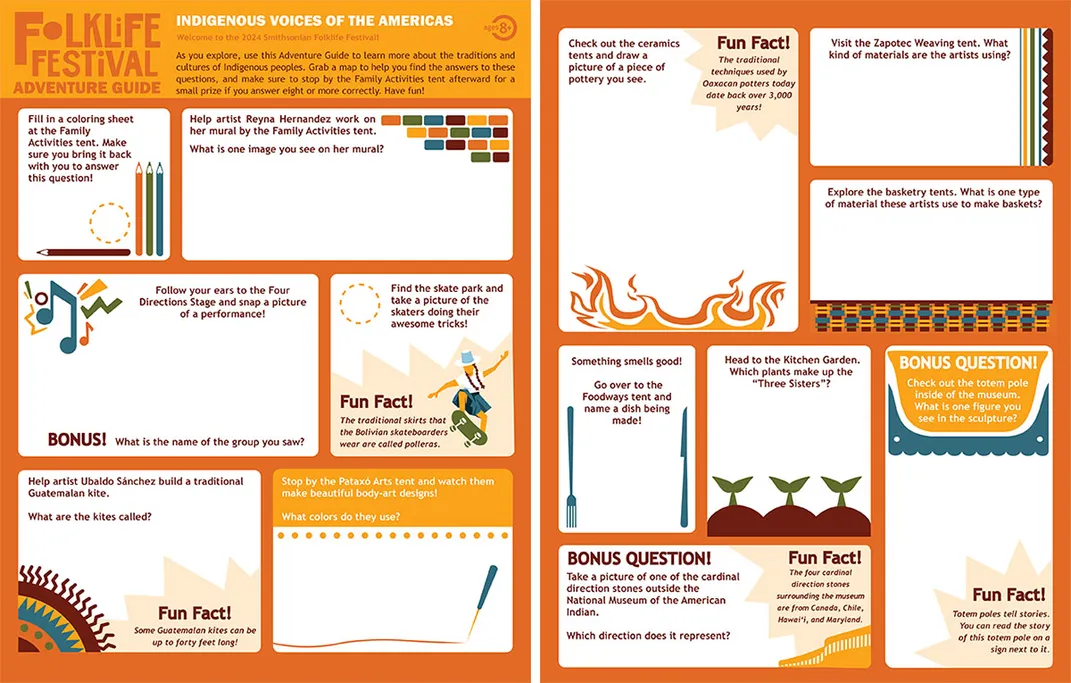
1. Start your scavenger hunt
Start your visit at the Family Activities tent, which has loads of activities for the kids to try, including coloring sheets, a touch exhibit with George Washington University’s Textile Museum, a collaborative mural, and more! Either here or at an Information Booth, pick up a copy of the Festival Adventure Guide, a fun scavenger hunt for kids to fill out as they explore the Festival. When completed, come back to Family Activities for a prize!
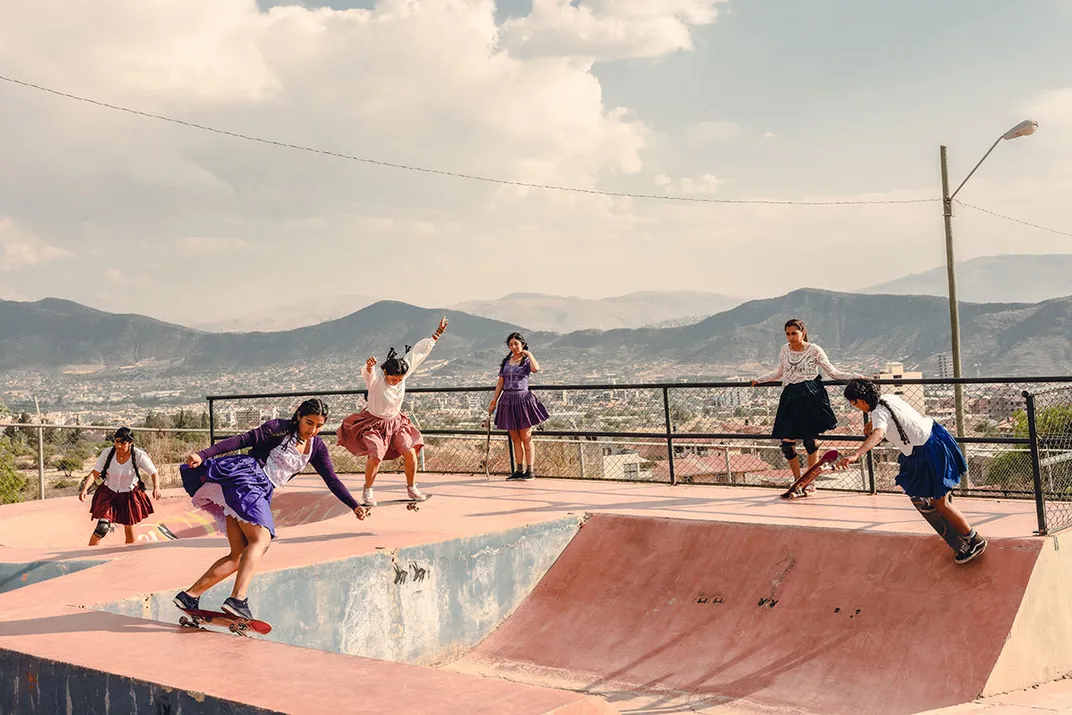
2. Ride with the skateboarders
On the north side of the National Museum of the American Indian is the Skating & Skate Art area. During daily Skate Jams, watch women skateboarders from Bolivia fly across the ramps in their traditional skirts. Kids can even participate in skate workshops! These are conducted on a first-come, first-serve basis and require waivers (available at the Festival), and don’t forget to bring your own protective equipment.

3. Play sports and games
In the field behind Family Activities and the Narrative Stage, kids can learn about Amondawa hunting traditions and watch archers demonstrate their expert abilities. Kids can get into the competitive spirit themselves and play lacrosse with Haudenosaunee Athletes and Arctic games with Pamyua. On Saturday and Sunday, join the Maraca Relay Race with artists from the Pataxó community in Brazil.
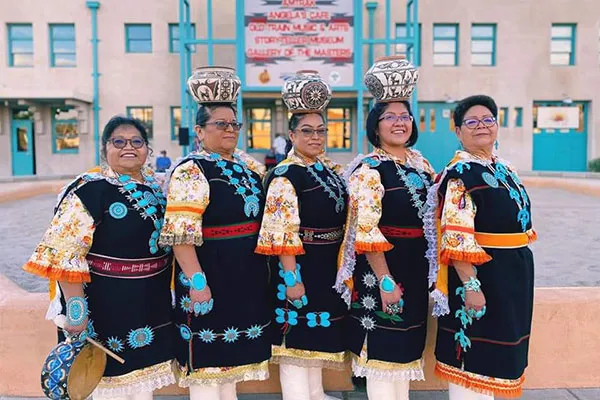
4. Chat with the musicians
At the Folklife Studio, kids can chat with the performers they hear and see throughout the day. They can ask the Zuni Olla Maidens about how they decorate the ceramic jars they balance on their heads or ask Nadia Larcher about how she plays her traditional Andean instruments. They can also learn Arctic dances from Pamyua and hula dances from Hālau ʻŌhiʻa!
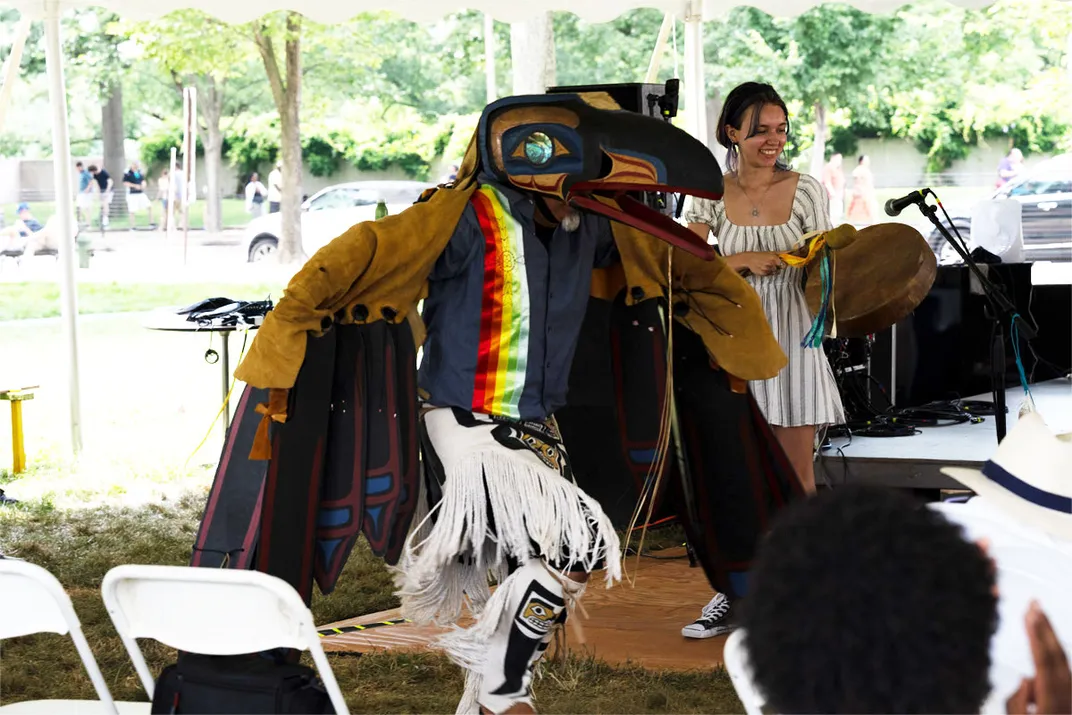
5. Listen to stories in the Amphitheater
Storytellers are visiting the museum’s outdoor Amphitheater with tales for audiences of all ages! They offer meaningful and engaging traditional tales from Cherokee, Chickasaw, Haudenosaunee, Tlingit, Alaska Native, and Native Hawaiian cultures. Be sure to catch an interactive session with Perry Ground, a member of the Turtle Clan of the Onondaga Nation.
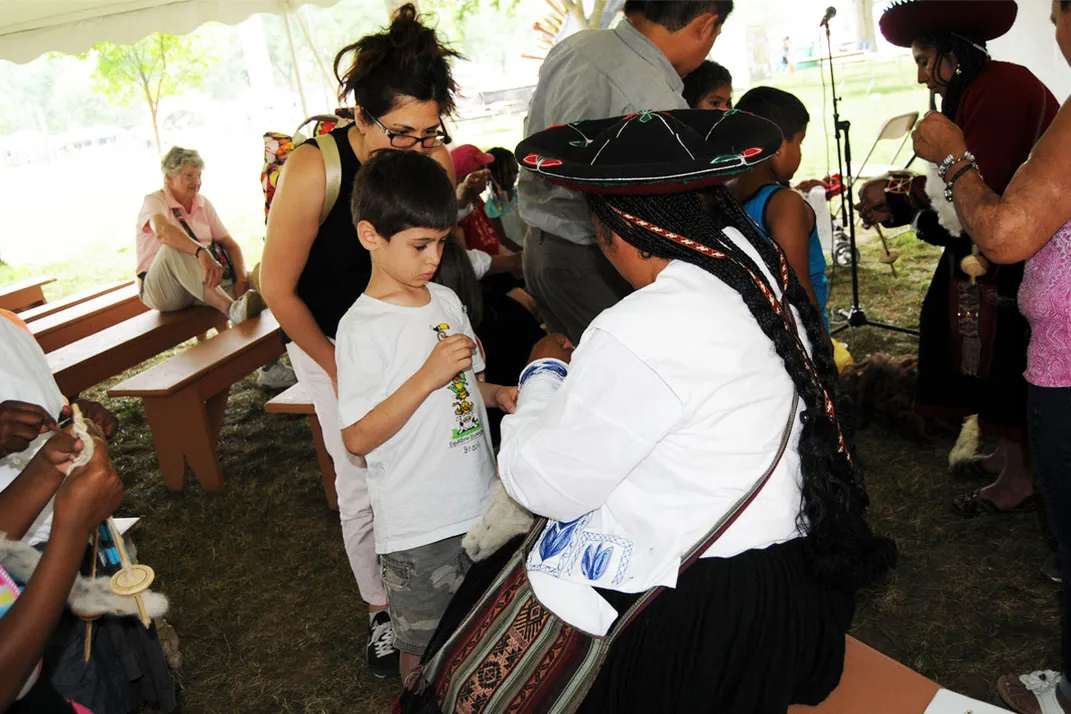
6. Create with the artists
Step behind the Family Activities tent to witness Reyna Hernandez paint her mural. Kids can help her make a community masterpiece for the first few days of the Festival, from June 26 to 28. Across the field, artist Ubaldo Sánchez will be showing how to make a giant decorated kite from Guatemala, or barrilete. Kids can make their own kite at his tent using colorful tissue paper.
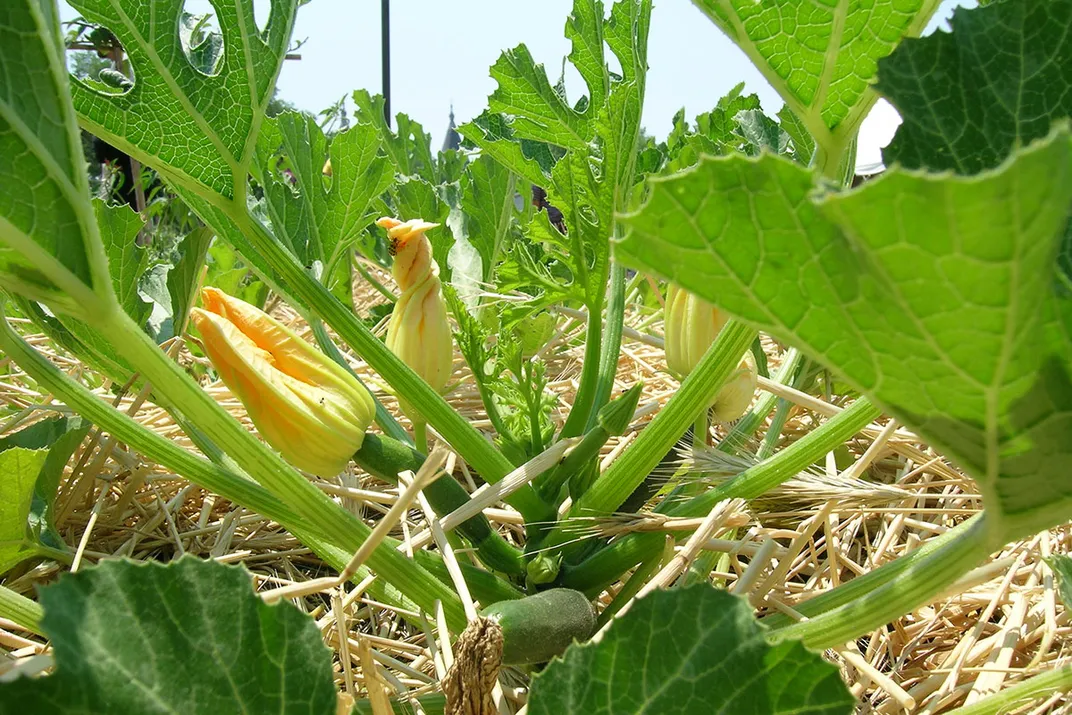
7. Look for plants in the garden
In the Kitchen Garden, kids can explore the native plants with the help of a scavenger hunt provided by the garden staff (not to be confused with the Adventure Guide!). What spiky plant can be turned into a tasty, sugary delight? Which of the Three Sisters can be used to make oil, flour, and dough? Learn this and more at the garden!
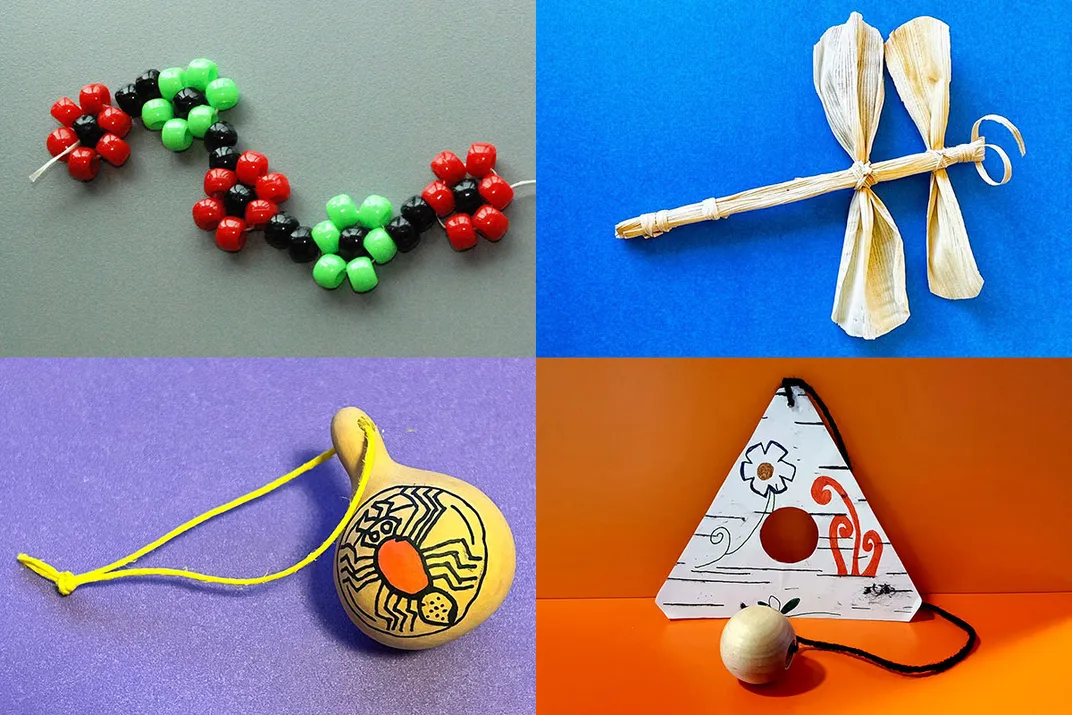
8. Make crafts at the imagiNATIONS Activity Center
Want to make beaded daisy chains? Or a bracelet made from ti leaves? The museum’s imagiNATIONS Activity Center hosts a variety of guided activity sessions designed for kids to make fun souvenirs related to Indigenous cultures. Space is limited, so visitors may need to get a timed-entry pass from the museum’s information desk to get in.
At the end of your visit, don’t forget to stop by the Family Activities tent to turn in your Adventure Guide and receive your prize.
There’s plenty more to explore at this year’s Festival aside from what we have listed here, so don’t be afraid to let your curiosity guide you wherever it goes!
Devon Szczepkowicz is a program intern for Indigenous Voices of the Americas at the 2024 Smithsonian Folklife Festival. She is a rising sophomore majoring in history at Gettysburg College.
Jillianne Lim is also a program intern for Indigenous Voices of the Americas. They are a junior at University of Hawai‘i at Manoa studying anthropology and English.
